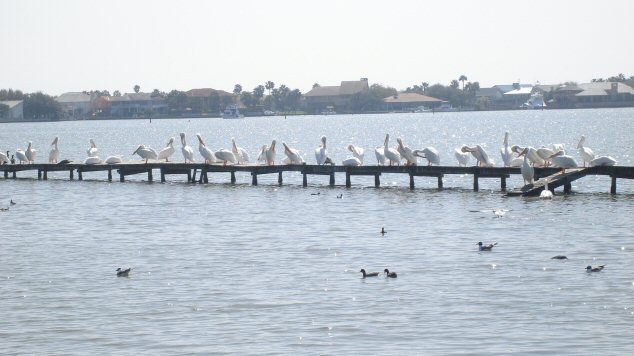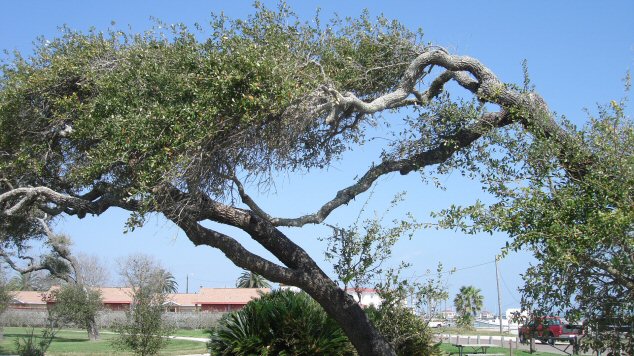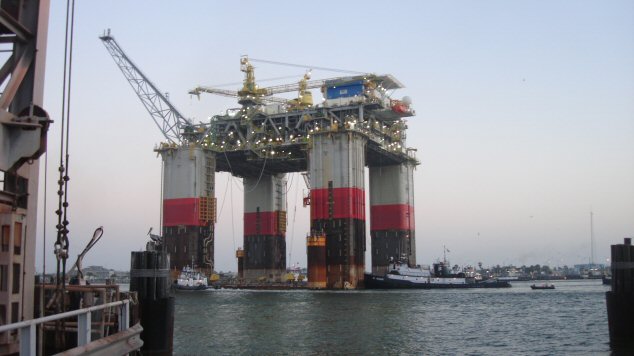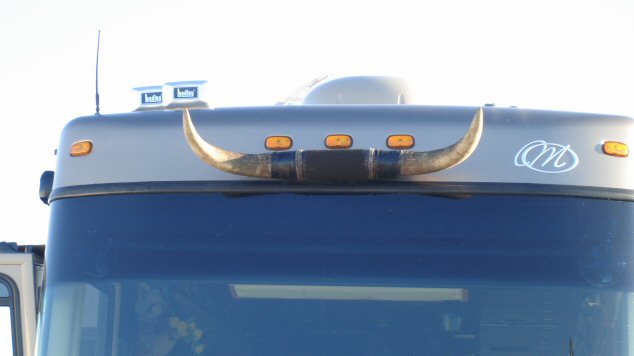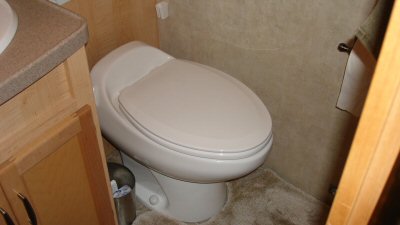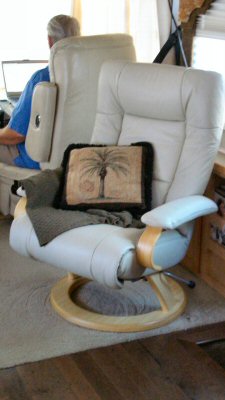We arrived in Louisiana Monday and settled in our little campground near Abita Springs in the St. Tammany Parish.
This Parish is situated on the north shore of Lake Pontchartrain which was named after the Count de Pontchartrain who served as a Minister of France during the reign of King Louis XIV, the “Sun King” after which Louisiana is named. The lake is 40 miles long and 25 miles wide, it covers 625 square miles. It’s average depth is about 15 feet. The water is brackish and the bottom of the lake is covered with clam shells. It is home for over 125 species of fish, the bay anchovy being the most common.
The Choctaw nation used to live here, as early as 1600 BC. St. Tammany economy flourished with the influx of tourists from New Orleans, who came here “de l’autre coté du Lac” (the other side of the lake) to experience the clean air and artesian water which was reputed as having healing powers by the Indians. This same water is now the key ingredient in two thriving parish products, Abita Beer and Abita water. (Abita beer is pretty good, we sampled it last night when we went to Abita Beer Brew Pub and they also serve quite a good selection of Cajun dishes so it was a delicious dinner).
St. Tammany Parish is also known as and equestrian parish. The rolling hills of Folsom are the breeding and training grounds for many Arabian and thoroughbred horse farms, as well as home to exotic animal farms, including Llamas, Ostrich, miniature horses and more.
New Orleans is sandwiched between the Gulf of Mexico to the south and Lake Pontchartrain to the north. To access the North Shore if you were in New Orleans, you would have to cross Lake Pontchartain causeway bridge, which runs 23.87 miles north bound and 23.86 miles on it’s south bound span. It is the Nation’s longest over the water highway bridge. (I am pretty sure it is the second longest bridge over water in the world, but don’t quote me on that one). Since Doug is afraid of bridges, we didn’t even try to cross this one!

View of Lake Pontchartain and the Causeway Bridge
Baton Rouge
Maybe the most interesting part of traveling through Louisiana is learning about its history. I was never a history buff, but I learned surprising things during our visit to Baton Rouge, the Louisiana State Capital.
Baton Rouge is a very nice city, we felt secure walking around and sight-seeing. There is a Trolley in the Historic part of downtown, it runs from 10 AM to 2 PM, it is totally free, and it will take you from one attraction to the other.
We first visited the old Capitol building. It is surrounded by an impressive cast-iron fence, cast and erected in 1855 by the John Hill Foundry, it is unique in the fact that it is constructed entirely of interlocking parts, the only bolts used are the ones to anchor it to the iron base plates. It is on the list of the 10 most endangered sites in Louisiana, the rust and water having caused serious damages. It spans 1575 feet and surrounds the 5 acres tract around the Old State Capitol. It is undergoing an extensive preservation and repair effort.

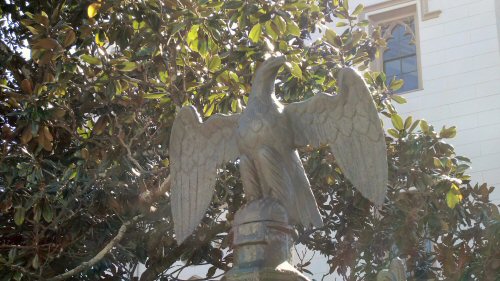
This 150 years old building, built in a blend of Gothic and Victorian architecture styles withstood war, fire, scandal, bitter debate, abandonment and an occasional fistfight. The building was reborn as the Center for Political and Governmental History in 1994. It features a gorgeous cast-iron staircase (1882) , black and white fossilized marble floor, intricate brass hardware, faux-bois and gold leafing, stained-glass windows and a magnificent stained glass cathedral dome(1882). On the grounds, you can also see a Ginko tree planted in 1857.
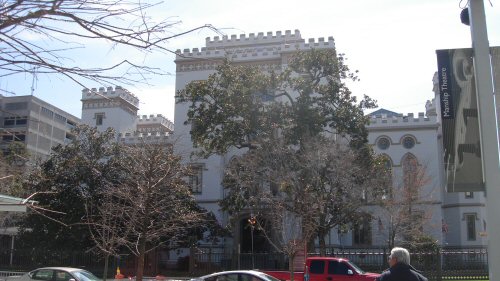

The old Capitol building and its stained-glass cathedral dome.
The Center is the repository of film and video archives and houses state-of-the-art interactive exhibits and a multimedia presentation. We listened and watched old political speeches from famous Louisiana politicians like Huey P. Long (he was quite a showman) and his brother Earl (famous for his affair with the stripteaser Blaize) and others. We also learned about the history of Louisiana and I was blown away by what I learned.
A bit of history
Permanent settlement by Europeans in present day United States started with the establishment of a colony in St. Augustine, Florida, by the Spanish in 1545. The French soon followed and in 1682, Sieur de Lasalle, claimed the entire Mississippi river valley for France. He named it Louisiana, in honor of King Louis XIV. The Dutch and English also established colonies in America, mostly North East. Most of Canada and all of Louisiana was clearly French, Spain dominated the South West and Florida, and the English clung to their 13 colonies on the Atlantic East Coast. Since they all couldn’t get along, in 1754, the war started and the British won. In 1763, Britain ruled Canada and Florida, France, humiliated by its defeat, compensated her ally Spain for the loss of Florida by transferring Louisiana to the Spanish Crown.
Well, the Spanish soon discovered that they were not making any money with the colony, in fact, it was costing them money, so they gave it back to France.
The newly formed Republic, the United States of America, emerged as an independent nation in 1783, and they figured that they needed the Port of New Orleans for economic growth and survival, so, Thomas Jefferson sent an envoy to meet with Napoléon Bonaparte and negociate the purchase of New Orleans. At that point Napoléon was very busy trying to conquer most of Europe and that was costing a lot of money, Louisiana was a drain on his finances and he really didn’t care for it at all. All he cared about was money for his military conquests, so when the envoy from the United States arrived to negociate the purchase of New Orleans, the French representant of Napoléon told them it was all fine as long as they would accept to also buy the entire territory of Louisiana. After much debating and negotiating, they finally agreed on a price for the whole deal, 50 million francs (15 million dollars). So on April 30 1803, Louisiana became a part of the United States. Now until I visited this museum, I always thought of the Louisiana territory as what it is today, that is, the territory occupied by present-day Louisiana, but I was dead wrong! Oh boy was I ever wrong!
Now look at the picture and that is what Napoléon sold to the United States for 15 million dollars…..
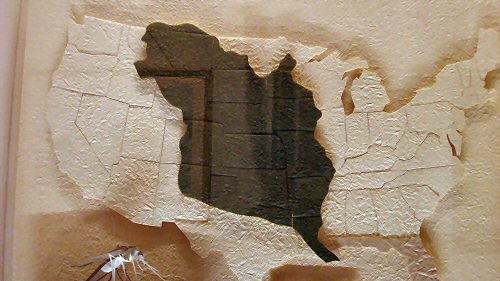
The Louisiana purchase.
Yup, you are seeing right, Louisiana covered 827, 987 square miles and would later make up all or part of 15 States. That my friends, is a bargain! And to think that some Americans were against the deal!
Well, this opened the route to the West and the rest, as we say my friends, is history…. 😉
The old governor house
We then took a tour of the Old Governor House.

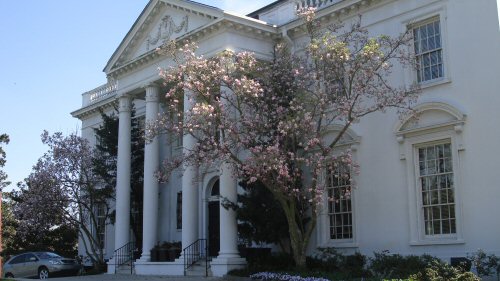
This is the second “Governor House” on these premises, this one was built for Governor Huey P. Long in 1930 at the cost of $150, 000 dollars. It is 20, 000 square feet and has 7 bedrooms, all with their own private bathroom. There was an earlier house on this land, but Governor Long didn’t find it suitable, he tried to have another one built earlier but didn’t get the approval of the congress, so he had the old house declared “condemned” and then tried again to get the funds for the new house, and this time, he was successful.
This house is often referred to as “Louisiana’s White House”. It was occupied from 1930 until 1962, when Governor Davis moved to another house, closer to the new State Capitol. This house has no air conditioning and it would have cost 2 million dollars to retrofit it with AC, so Governor Davis figured they could build a new house for less than that.
Governor Davis by the way, was also a Country Music Star, and he is the one who wrote the song “You are my sunshine”.
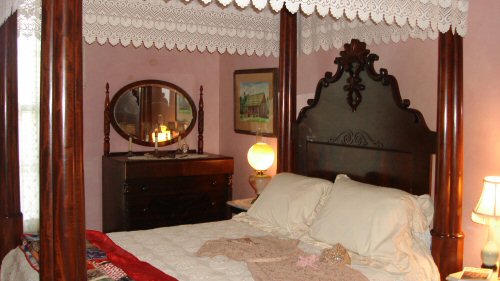
Governor Davis Bed
The walls of the house are plaster, and some rooms are painted with faux-finish, but the dining room is covered with a French Wallpaper depicting scenes from various ports of the United States as seen in the 1600’s.

On the Mississippi river, sits the USS Kidd DD-661, an old WWII ship that is also part of the Veterans Museum.

We didn’t have the time or energy to go visit other sites in Baton Rouge, there are many others including the new Capitol building, the Casinos, the doll museum and so on. The whole area of Baton Rouge is surrounded by old Plantations and most of them are opened to visitors, some of them offer meals and sleeping accommodations.
Today is my birthday and we are staying home, preparing for tomorrow’s trip, we are leaving for Texas, and hopefully the weather will cooperate because the last few days, we’ve gone through multiple severe thunderstorms, 2 hail storms, a tornado watch, cold and nasty weather. I am happy to report that it is now warm and sunny 🙂
Average Rating: 4.5 out of 5 based on 161 user reviews.

